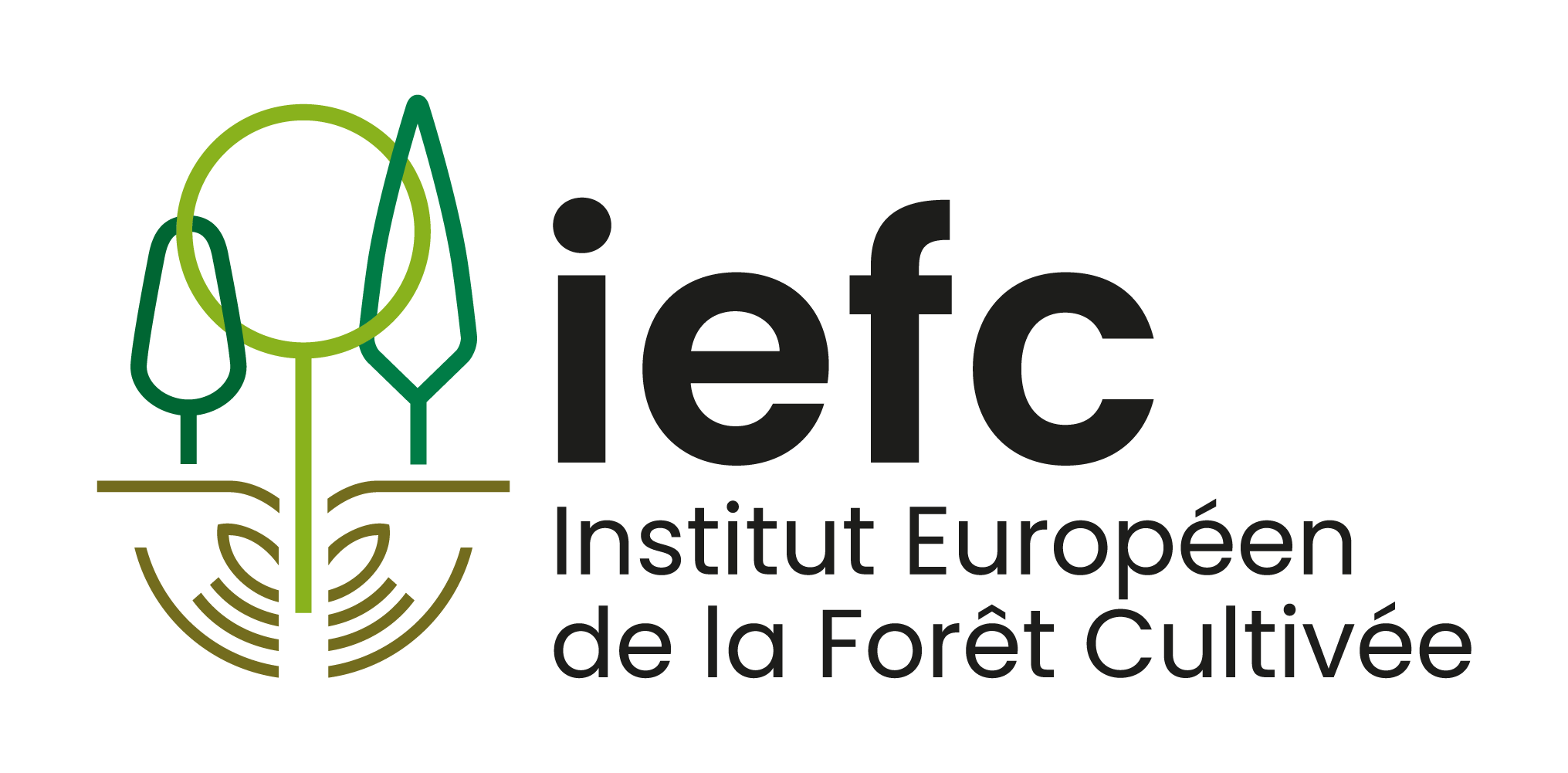Features of Model for Forest Management and decision support
Model Name : Mountain
| Forest Model name | Mountain |
| Last update | 2002-11-25 |
| Year | 2002 |
| Author | B. Courbaud |
| Contact | |
| Organisation | CEMAGREF |
| Country | France |
| Category | Growth |
| Model type | Empirical growth & Yield models |
| Sub-type | Distance dependent tree model |
| Level | Tree |
| Time step | |
| Time scale | |
| Stochasticity | |
| Range of applicabiilty (region, ...) | Mountain has been validated for Norway spruce uneven-aged stands of the French Alps. |
| Site | |
| Stand composition | |
| Forest structure | |
| Species | Picea abies |
| Sylvicultural system | |
| Tree range | |
| Stand range | |
| State variables - Growth | |
| State variables - Initialization | |
| State variables - Prediction | |
| State variables - Stochastic for | |
| Distribution diameter variables - growth | |
| Distribution diameter variables - initialization | |
| Distribution diameter variables - prediction | |
| Distribution diameter variables - stochasticity for | |
| Tree variables - growth | |
| Tree variables - Initialisation | |
| Tree variables - prediction | |
| Tree variables - stochasticity for | |
| Growth processes | |
| Regeneration processes at stand level | |
| Regeneration processes at sapling level | |
| Hazards | |
| Submodule : Sylvicultural practicies | Silviculture: initial density and thinnings |
| Submodel : Climate parameters | Growth; Mortality; Regeneration |
| Input state variables | Coordinates; Crown base height and crown base radius (in option); Diameter; Height |
| Human inputs | |
| Climate inputs | |
| Output state variable | Individual light interception; Light map on the ground; Stand-level characteristics (basal area, density ...); Tree-level characteristics (diameter, height, crown dimensions) |
| Quantity products | |
| Quality pulp | |
| Quality construction | |
| Quality cork | |
| Simulator name | Capsis |
| Stand Simulator version | |
| Stand Simulator hardware | |
| Stand Simulator memory | |
| Stand Simulator OS | |
| Stand Simulator language | |
| Stand Simulator characteristics | |
| Stand Simulator indicators | |
| Stand Simulator visualization | |
| Landscape Simulator name | |
| Landscape Simulator version | |
| Landscape Simulator hardware | |
| Landscape Simulator memory | |
| Landscape Simulator OS | |
| Landscape Simulator language | |
| Landscape Simulator characteristics | |
| Landscape Simulator indicators | |
| Landscape Simulator visualization | |
| Reference | |
| Bibliography | OBJECTIVES Mountain is a model of forest dynamics designed to the study of stand structure / stand dynamics / silviculture interactions. It can be used to compare thinning strategies and to understand how demographic processes at the tree level (regeneration, growth, death) generate patterns at the stand level. As a spatial individual tree model, it is especially devoted to study spatial structure dynamics. DESCRIPTION Mountain is a spatial individual tree model (Distance Dependent Tree Model). Trees are characterized by their position (X,Y,Z), height, diameter at breast height, crown base height and crown base radius. Plot is rectangular, with mean slope and aspect. It is divided in square cells (1 to 5 m wide) characterised by the presence of regeneration. Light interception is calculated for every tree and every cell taking into account stand structure, slope and aspect. Growth, death and competition are modelled at the tree level for every individuals higher than 1.30 m. Regeneration is modelled at the ground cell level. Tree height and diameter increments are calculated as the product of a potential increment by a reducer depending on the ratio between light intercepted by the tree and potential light intercepted by a tree of the same size in free growth. Tree death is stochastic and depends on light ratio. Seedling emergence, growth and death depend on light on cell surface. BIBLIOGRAPHY Courbaud B., Goreaud F., Dreyfus P., Bonnet F.-R., 2001. Evaluating thinning strategies using a Tree Distance-Dependent Growth Model : Some examples based on the CAPSIS software "Uneven-Aged Spruce Forests" module. Forest Ecology and Management 145, 15-28. Courbaud B., de Coligny F., Cordonnier T., 2002. Evaluating qualitatively and quantitatively a light transmission model in spatially heterogeneous Norway spruce (Picea abies, L. Karst) mountain forests. Submitted to Forest and Agricultural Meteorology. Capsis Website |
| Equations | |
| Context | |
| URL |
-
